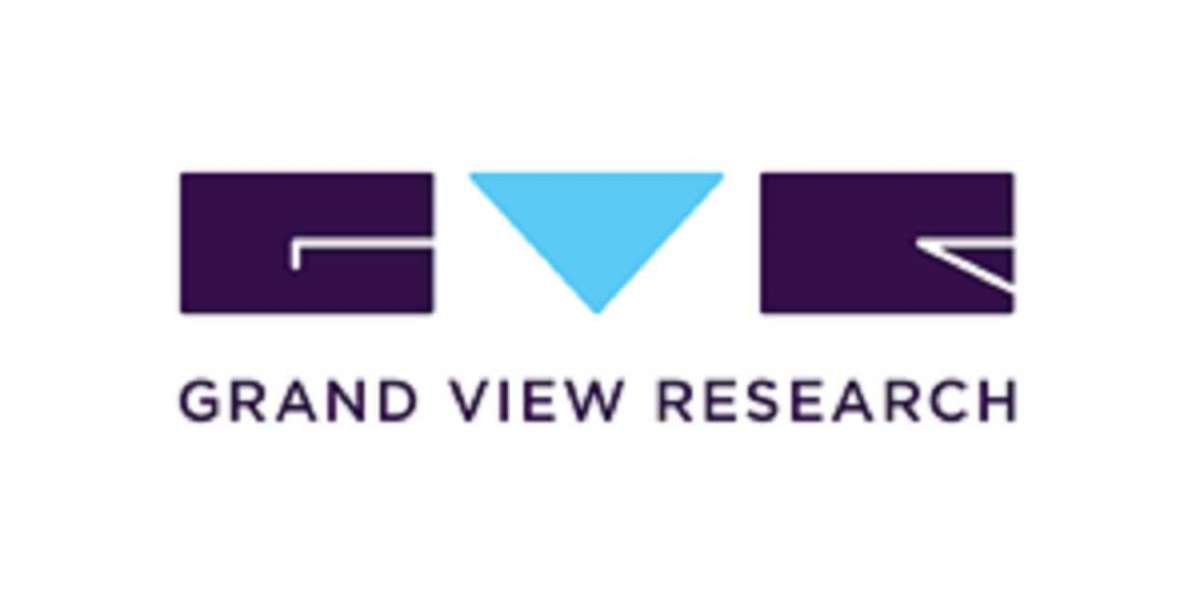The Growing Need for Efficient Oxygen Delivery
Oxygen therapy is a cornerstone of treatment for numerous chronic respiratory conditions, including Chronic Obstructive Pulmonary Disease (COPD), asthma, cystic fibrosis, and various lung diseases that lead to hypoxemia (low blood oxygen levels). Traditionally, continuous flow oxygen delivery systems, while effective, can be inefficient, leading to rapid depletion of oxygen tanks and limiting patient mobility. This inefficiency, coupled with the increasing prevalence of chronic respiratory diseases and a growing aging population, has driven the significant expansion of the Oxygen Conservation Device Market. These innovative devices are designed to deliver oxygen more efficiently, extending the life of oxygen sources, reducing costs, and significantly enhancing the quality of life for patients requiring supplemental oxygen.
How Oxygen Conservation Devices Work
Oxygen conservation devices (OCDs) operate on principles that deliver oxygen only when it is needed, primarily during inhalation, rather than continuously. This contrasts with continuous flow systems, which deliver oxygen even during exhalation, where much of it is wasted. Key types of OCDs include:
- Pulse-dose delivery systems: These electromechanical devices sense the patient's inspiratory effort and deliver a precise "pulse" or bolus of oxygen at the beginning of inhalation. This ensures oxygen is delivered when it is most effectively absorbed by the lungs.
- Reservoir cannulas: These utilize a small reservoir to store oxygen during exhalation, which is then delivered at the beginning of the next inhalation.
- Demand-flow systems: Similar to pulse-dose, these systems also deliver oxygen on demand, triggered by the patient's breathing.
- Transtracheal catheters: While more invasive, these deliver oxygen directly into the trachea, bypassing anatomical dead space and significantly improving oxygen efficiency. By optimizing oxygen delivery, these oxygen conservation devices allow for smaller, lighter oxygen tanks or concentrators, increasing portability and freedom for patients.
Key Market Drivers and Technological Advancements
Several factors are propelling the growth of the Oxygen Conservation Device Market. The rising global prevalence of chronic respiratory diseases, particularly COPD, is a major driver. The increasing demand for home healthcare and long-term oxygen therapy, driven by a desire for improved quality of life and reduced hospital readmissions, further fuels the market. Technological advancements have been pivotal, leading to more compact, lightweight, and energy-efficient oxygen concentrators and portable oxygen concentrators (POCs) that integrate pulse-dose technology. The integration of smart technologies, such as app-based control systems and real-time monitoring of oxygen usage, allows for personalized care and remote adjustments, significantly improving the user experience for both patients and healthcare providers. The focus on durability and longer battery life also caters to patients with active lifestyles.
Benefits for Patients and Healthcare Systems
The adoption of oxygen conservation devices offers substantial benefits for both patients and healthcare systems. For patients, these devices provide enhanced mobility and independence, allowing them to participate more fully in daily activities without being tethered to bulky oxygen tanks. They also reduce the financial burden associated with frequent oxygen tank refills or larger oxygen deliveries. For healthcare systems, OCDs contribute to cost savings by reducing the overall consumption of oxygen. Furthermore, by improving patient adherence to oxygen therapy, they can lead to better clinical outcomes, fewer exacerbations, and a reduction in hospitalizations. The environmental impact is also reduced due to less frequent production and transport of oxygen, and the smaller size of the devices.
Future Outlook and Opportunities
The future of the Oxygen Conservation Device Market is very promising. Continued research and development will likely focus on miniaturization, increased battery life, and even more sophisticated intelligent delivery systems that can adapt to varying activity levels or sleep patterns. The development of wearable oxygen devices with integrated sensors is another area of innovation, offering greater freedom and discretion. Emerging markets, with their expanding healthcare infrastructure and growing patient populations, present significant opportunities for market growth. As awareness of the benefits of oxygen conservation grows, and as healthcare systems globally prioritize efficiency and patient quality of life, the demand for advanced oxygen conservation devices will continue to rise, making oxygen therapy more accessible, affordable, and effective for those who need it most.
Explore our latest reports
? Stay ahead in the healthcare industry. Browse our latest insights now!
About Market Research Future (MRFR)
Market Research Future (MRFR) is a global market research firm that provides comprehensive insights into market trends, drivers, challenges, and opportunities. We offer a broad range of market intelligence reports and consulting services to help businesses and enterprises in various industries make informed decisions
Media Contact:
Market Research Future (MRFR)
Phone: +1-646-845-9312
Email: contact@marketresearchfuture.com
Website: marketresearchfuture







